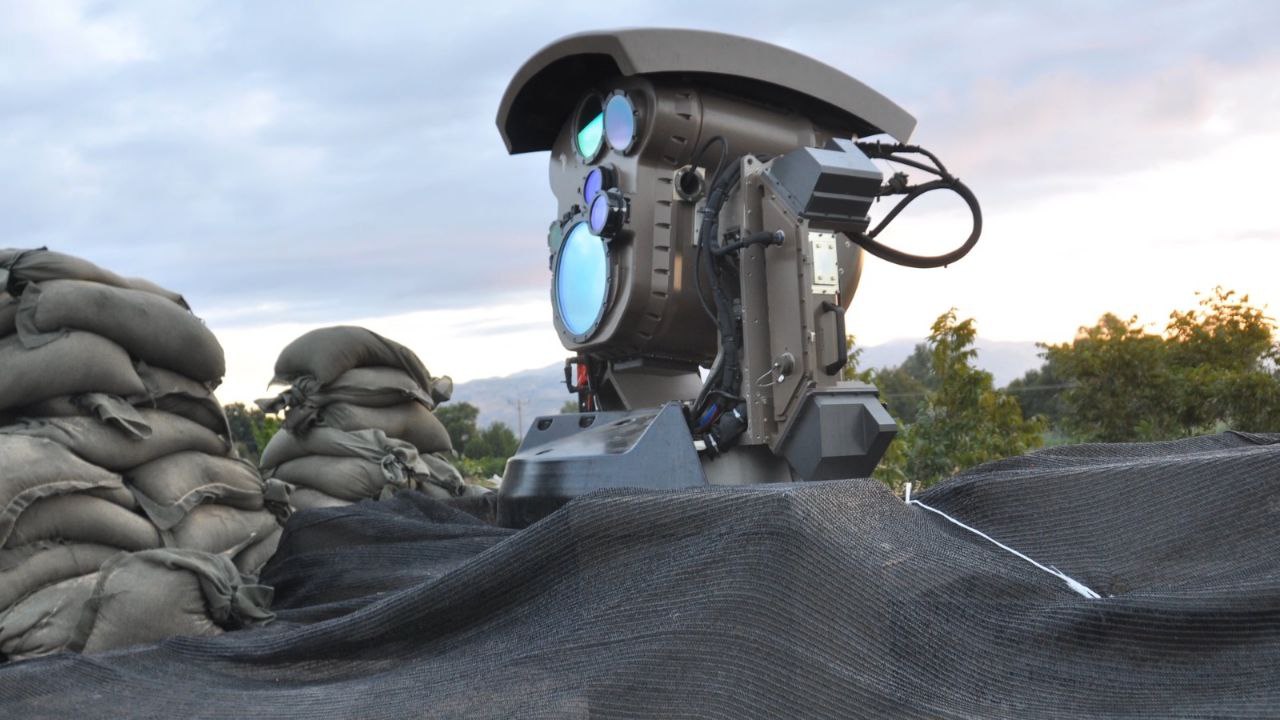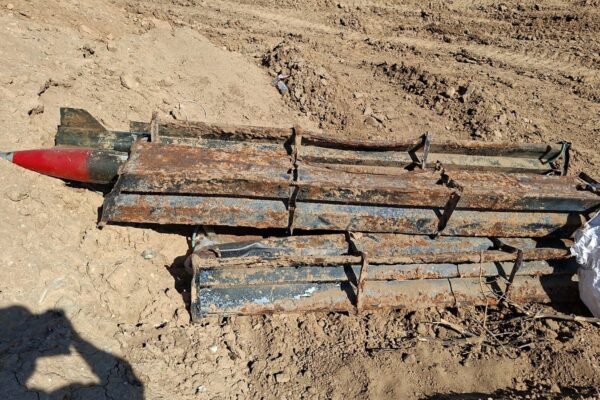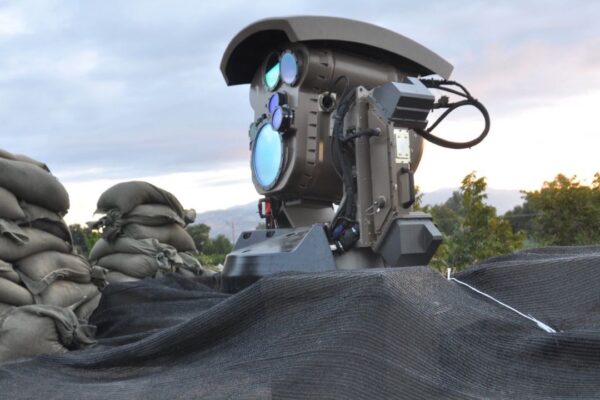Defense officials have confirmed that it will be mounted on aircraft to intercept drones, missiles, and potentially jet fighters.
By Hezy Laing
Israel is developing a high-power laser weapon for airborne use, potentially making Israel the first country to mount a laser weapon on a fighter jet.
Israel is rapidly advancing its high-energy laser weapons program, with ambitions to develop airborne systems capable of intercepting jet fighters.
At the center of this effort is the Iron Beam, a directed-energy weapon developed by Rafael Advanced Defense Systems in partnership with Elbit Systems and the Israeli Ministry of Defense Directorate of Defense Research and Development (DDR&D).
Originally designed to intercept short-range threats like rockets, mortars, and drones, Iron Beam has already proven itself in combat, reportedly downing dozens of aerial threats during recent hostilities.
In May 2025, Israel announced that it had successfully deployed Iron Beam in operational settings, making it the first country to use high-power lasers in active defense.
The system delivers bursts of energy at the speed of light, neutralizing incoming threats within seconds.
It is significantly cheaper than missile-based interceptors, with each shot costing just a few dollars compared to tens of thousands for Iron Dome missiles.
The Ministry of Defense has confirmed plans to mount laser systems on aircraft, potentially transforming air-to-air combat and missile defense.
The airborne version of Iron Beam is still in development, but Israel aims to deploy it soon, with operational readiness projected by late 2025 to 2026.
This ambitious timeline follows the successful battlefield deployment of the Iron Beam ground-based laser system.
Defense officials have confirmed that it will be mounted on aircraft to intercept drones, missiles, and potentially jet fighters.
While exact specifications are classified, the system is expected to fire hundreds of shots per mission, depending on the aircraft’s power capacity and cooling systems.
Each shot costs only a few dollars, a dramatic reduction compared to traditional interceptors like Iron Dome missiles, which cost $40,000–$50,000 per launch.
Israel has earmarked $530 million to accelerate the development and procurement of Iron Beam systems, including airborne variants.
The system uses adaptive optics and high-energy lasers to neutralize threats at the speed of light, with a range of up to 10 kilometers.
While it’s not yet capable of reliably downing fast-moving jet fighters, future upgrades may expand its power and targeting capabilities.
In short, Israel’s laser weapons are a game-changing addition to its defense arsenal.
Israel’s push to integrate airborne lasers reflects its broader strategy of layered defense, combining kinetic interceptors, cyber tools, and directed energy.
As technology evolves, lasers may eventually complement fighter jets like the F-35, enhancing survivability and reducing reliance on traditional munitions.












































